ISIS TERROR
NBC News has received exclusive access to join the team of investigators looking for human remains in an old Isis fortress.
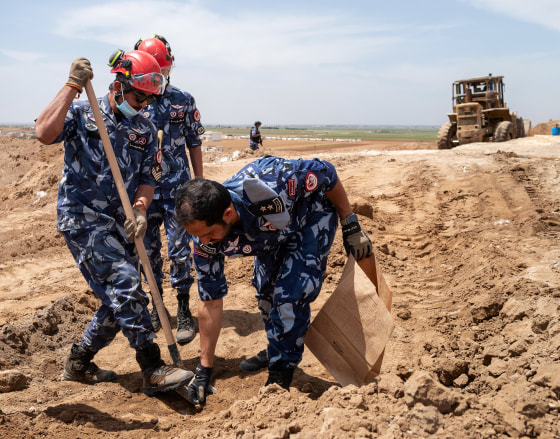
A search and rescue team funded by the Qatar government for human remains in Dabiq, Syria, on Friday.TED TURNER / NBC NEWS
Dabiq, Syria – On the outskirts of a remote village in Syria, the hunt is in the remains of American hostages murdered by Isis more than a decade ago.
The site, a dusty hill about two hours car from the city of Aleppo, looks like an archaeological excavation, with dozens of researchers wielding blades, ground penetration radar, picks and brushes for the delicate works to ward off their victs.
It took years of intelligence work to reach this point, including satellite image analysis, a hostage with hostage about ISIS survival and arrest interviews with ISIS leaders. So far, the team is optimistic. They are finding human remains in shallow graves and critically finding them where it should be.
The investigation is led by an intelligence and security company called Soufan Group, founded by the FBI Ali Soufan’s former Officer of Counterterrorism. His team, mainly composed of former FBI colleagues and counteractorism, has worked on the case on behalf of the families of the American victims. They work in coordination, but are independent of the FBI.
“We have worked with families for a long time, trying to find out what happened to their loved ones. We had the opportunity to go to a place that was out of boundaries,” Soufan said.
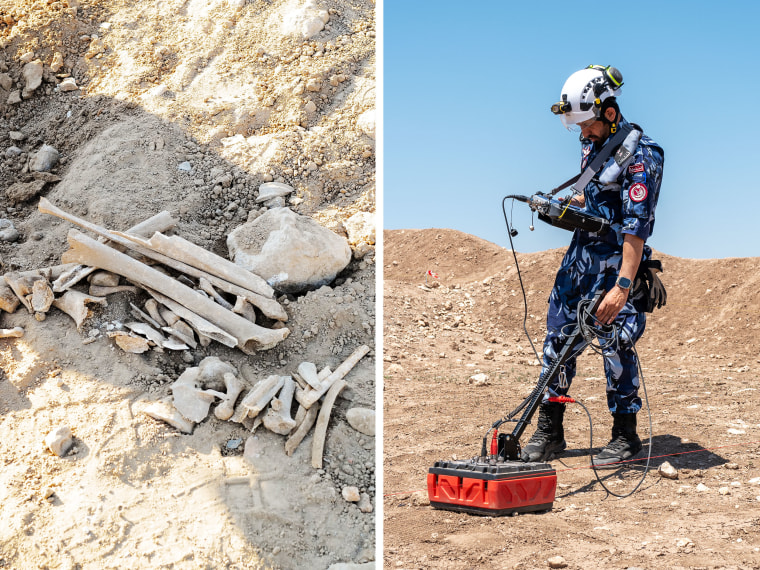
Isis beheaded and tortured dozens of foreign hostages, including Americans Kayla Mueller, James Foley, Peter Kassig and Steven Sotloff. The Americans were maintained and performed by a brutal Isis cell – a cell known as “The Beatles” because of the British accents of its members. None of his remains was found and could be here.
The recovery mission was launched and funded by the Qatar government, which spared no expenses, sending a full search and rescue team, along with forensic pathologists, doctors, crime scene investigators and a sufficient Swat-Homens team to fill a huge C-17 military transport plan.
NBC News was invited to enter the mission and received exclusive access to the DIG website and the investigation ongoing.
“We took everything we needed to find bodies under the ground. We are investigating the area, plunging into bars and researching each one with the necessary handicraft equipment and tools,” said Major Khaled Al-Hemaidi of Qatar’s internal security forces. He described him as a “humanitarian mission.”
After four days digging at the top of the hill under a scorching sun, the team dug up the full or partial remains of more than a dozen people, now being sent for DNA analysis. It is unclear whether the remains recovered are absent American hostages or other Isis victims.
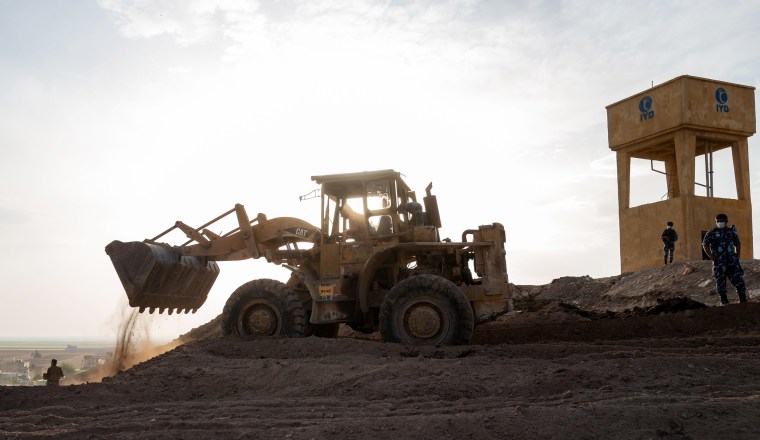
“We recover more remnants than we predicted and hope to conduct DNA analysis hoping to identify these victims, whether American or otherwise,” Soufan said.
ISIS controlled this part of North Syria until the group’s so -called Caliphate was defeated by an international coalition led by the US Armed Forces under President Barack Obama and President Donald Trump during his first term.
The investigation chose to dig in this specific place, an sandy hill on the edge of the village of Dabiq, because Isis considered it sacred and symbolic. Isis often referenced DABIQ in its propaganda because of an Islamic prophecy that predicted that the final battle of the day between the armies of Islam and the infidel crusades would take place here-Islamic version of Armageddon.
Isis, who believed he was leading the way to apocalypse and was described as a radical cult of death, was widely repudiated in the Muslim world. Local inhabitants told NBC News that ISIS would regularly perform public executions in the village of Dabiq, and that the hill being excavated was strictly out of boundaries.
Dabiq was so important to Isis that it named its propaganda magazine in honor of the village and filmed a horrible video here with one of the terrorist leaders standing on the head of the American hostage Peter Kassig.
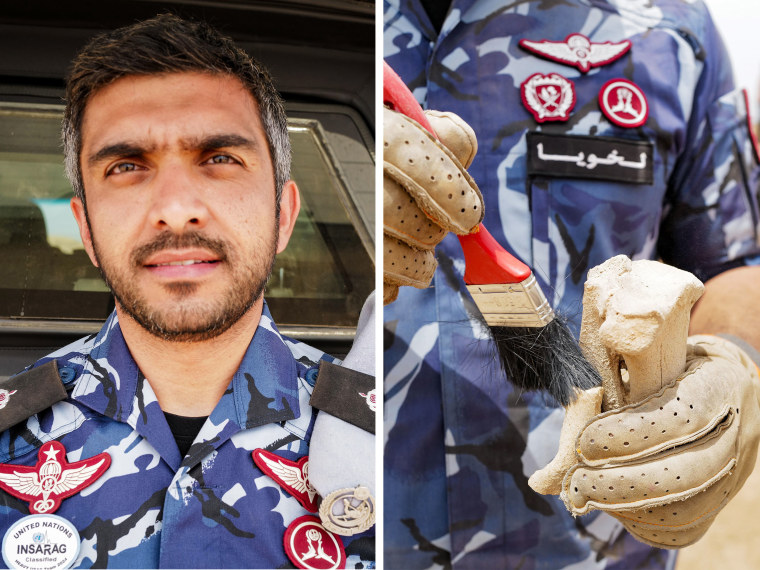
“Now it seems that Isis sees this site as a significant place of burial and execution,” said Soufan. “Perhaps they chose because of their symbolic importance, and probably reserve it for specific or high -level or high -level victims.”
Dabiq is not totally safe today. There are still Sleepy Cells of ISIS in the area, according to authorities of the new Syrian government that overthrew President Bashar Al-Assad’s regime at the end of last year. They are providing safety for the operation, which so far fired without incidents. The new government, which is still under US sanctions, was born from an Islamic group that fought ISIS.
This operation was only possible after Assad was overthrown. While he was in power, Dabiq was an active combat zone, making it too dangerous to do the slow and methodical excavation work.
The hostage families are aware that the operation is underway.
“This mission is really one of the most important missions someone can do,” said Andre Khoury, vice -president of the Soufan group and former FBI’s special agent.
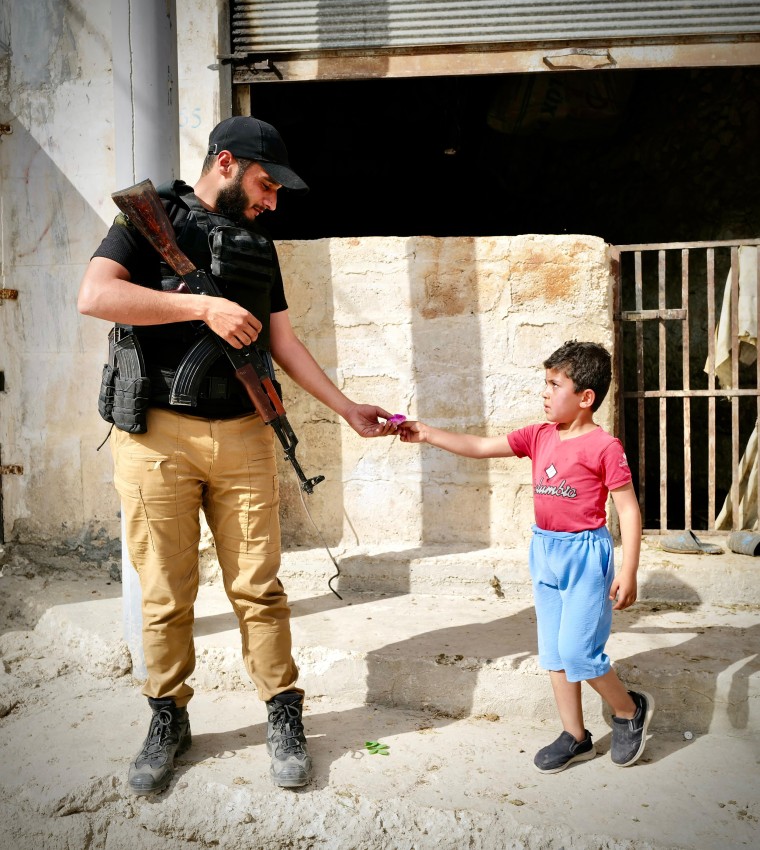
“We are doing this for families. We really want to ensure that families have proper closure, their loved ones be at rest next to them. There is no better mission in the world than this mission,” he said.
“If we were lucky and we were able to do so on this trip, that would be fantastic. If not, that doesn’t mean we are stopping. We’ll continue our mission. This was our promise and our promise to families, and we will continue to do it until we can bring them home,” said Khoury.


